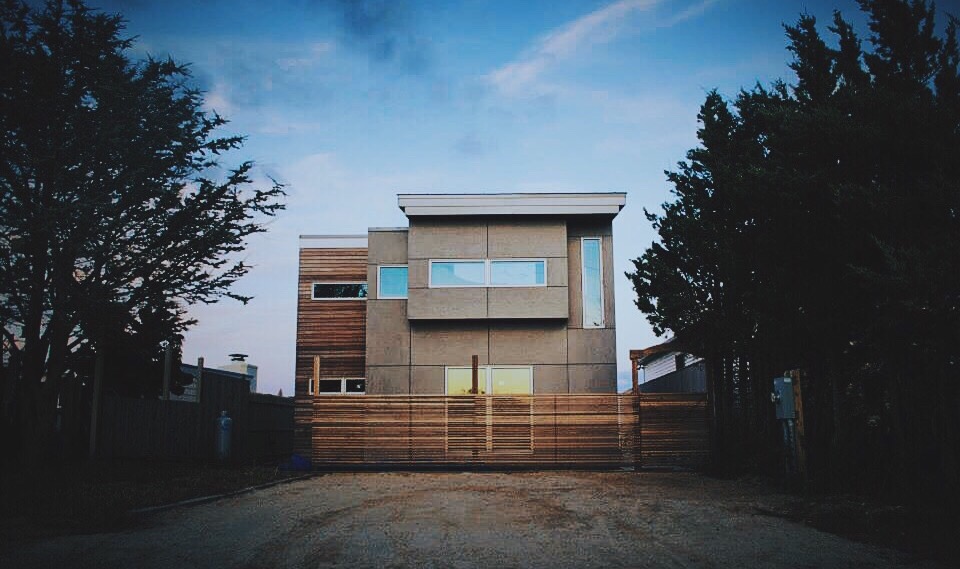 In 1831, a 25-year-old Frenchman stepped off a boat in Newport, Rhode Island. Over the ensuing nine months, he would visit nearly every major city along the Eastern Seaboard and inland America—from Cincinnati and Memphis to Boston and New York City. “Americans love their towns,” he found, and it was on these preserves of community that he focused his gaze, searching for the secrets to America’s success. Alexis de Tocqueville saw the habits of freedom in the rhythm of the city.
In 1831, a 25-year-old Frenchman stepped off a boat in Newport, Rhode Island. Over the ensuing nine months, he would visit nearly every major city along the Eastern Seaboard and inland America—from Cincinnati and Memphis to Boston and New York City. “Americans love their towns,” he found, and it was on these preserves of community that he focused his gaze, searching for the secrets to America’s success. Alexis de Tocqueville saw the habits of freedom in the rhythm of the city.
A place like 19th-century Cincinnati was not easily mistaken for Paris. There were no great luxuries or high art; this was a citizen’s city built for industry. Too busy for beauty, Cincinnati nevertheless had more growth and opportunity available to its 30,000-something residents than nearly any European city at the time. If we were to conclude from its “picture of industry and work” what it was that made a nation great, Tocqueville said, it would be found “in the rapid and energetic circulation of ideas, and in those great cities which are the intellectual centers where all the rays of human genius are reflected and combined.”
Tocqueville’s vision of ordered liberty was rooted in the bonds of democracy. They were links forged, he observed, not in isolation but in community. Citizens of townships both large and small interacted with one another regularly and in so doing set in place a complex web of ties to people and institutions grounded in trust and respect. These relationships were the lifeblood of democracy and the spirit of enterprise.
The question we must ask today, nearly 200 years later, is whether America’s cities are still fulfilling the hopes and aspirations of their citizens. This, after all, is the central question of urban policy. Since human flourishing is tied to human togetherness, how we express this relationship in the form of community and our built environment matters greatly to the human experience.
Yet for too many people in too many places in this country, their cities are closed economically and politically to their advancement. This is a tragedy individually and collectively for the American project. To understand our present state, we must first define the city and its role in this country before examining how it too often falls short. Only then may we find once again the openness that makes America’s urban places great and, as Tocqueville once did, speak into them a language of community and opportunity.
The city is simply a social form in a physical space. It is the absence of distance between people that becomes greater than the sum of its parts. To be urban is to be where people gather to live in close proximity. Cities are created out of a desire for safety and stability, a yearning for diversity, and a call for the creativity inherent in the human spirit. This is the classical notion of the city.
In practice, what we often mean by the city is something more mundane. Our focus is often on the place itself more than its people. The city is seen as a denser inner core that stands in contrast to the less dense suburbs. We think of a certain amount of dynamism, a variety of amenities, and a degree of walkability that lends itself to community. We may also consider the city a shorthand reference to cultural assumptions about race, class, or crime.
Every city has unique character, history, and values, just as people do. Cities reflect who we are and the civic culture we have created among us. When cities fail, they often do so from a diseased social imagination. Consider the slum clearances of mid-20th-century America, where in our arrogance we tore down our communal legacies only to replace them with lifeless concrete temples to reason.
Cities are constantly rocked by waves of change, for good or ill. The places where we live are not meant to stay in place—that is, unless we make them so, whether through political, economic, or social means. It is no coincidence that stagnant cities are often privy to incumbent capital and political interests, for they benefit the most from the status quo. Cities in stasis become sclerotic museums to the past.
American cities have long evoked tension in the popular mind. They echo the great debate between Thomas Jefferson’s agrarian virtues and Alexander Hamilton’s urban dynamism for the soul of the new country. Just like many developing countries today, our cities are contested places that nevertheless hold out enormous opportunities for mobility and base thrill, whether or not those opportunities are satisfied.
Yet those who see cities in the light of Gotham and Gomorrah have long held sway. To enter a city at nearly any time in human history was to be struck by an overwhelming array of smells, tumult, and rank poverty. Jefferson once said, “The mobs of great cities add just so much to the support of pure government, as sores do to the strength of the human body.”
The 20th century was hardly kind to the American city. After being drained by the automobile and divided by its concrete arteries, stripped bare of manufacturing, and infected with criminality, many cities were left as hollow shells. “Will the last person leaving Seattle turn out the lights,” read a 1971 sign,5 one met with familiar nods elsewhere.
Whole generations have grown up thinking of the inner city as synonymous with persistent, overwhelming poverty and crime. It has become the divine right of the middle class to have a house, a yard, and a fence. Frequently in America there is a suspicion of public life and an idealization of private life that seem in tension with the city.
Yet recent years have brought about an urban renaissance in America. As crime fell and fortunes grew, a veil was lifted from the 1990s onward. Younger, richer, and hipper people peered in and saw opportunity and a great many pleasures. Cities are seen as playgrounds now, but they are more than that for many millions of Americans. The city is their home.



